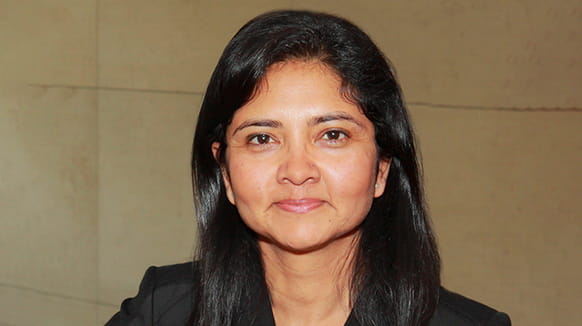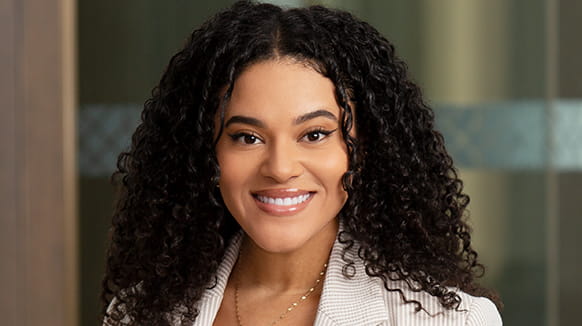On July 1, 2025, the Occupational Safety and Health Administration (OSHA) published 25 proposed rules in the Federal Register, and one final rule. The proposed rules cover a broad spectrum of workplace safety and health topics. According to OSHA, many of the proposed rules essentially aim to alleviate unnecessary regulatory burdens on employers and streamline the regulatory process.
The one final rule promulgated, effective July 1, 2025, removes the requirement for the agency’s administrator to consult with the Advisory Committee on Construction Safety and Health before promulgating, modifying or revoking standards applicable to construction work. OSHA’s view is that this final rule will eliminate procedural steps that were not mandated by statute, streamline the regulatory process and expedite deregulatory actions. The rule is also apparently intended to allow OSHA to move more quickly on regulatory matters without “unnecessary requirements” from advisory committee consultations.
Highlights of Notable Proposed Rules
- Application of the General Duty Clause: OSHA proposes to clarify that Section 5(a)(1) of the Occupational Safety and Health Act of 1970 (OSH Act), or the General Duty Clause, does not apply to hazards that are inherent and inseparable from the core nature of a professional activity. The proposed rule appears to align with (the then) Judge Kavanaugh’s dissent in the D.C. Circuit’s ruling in SeaWorld of Florida, LLC v. Perez. That Court upheld OSHA’s use of the General Duty Clause to require barriers or minimum distances between trainers and orcas1. Judge Kavanaugh’s dissenting opinion argued that the General Duty Clause does not cover hazards intrinsic to certain professions (including sports, entertainment and performance). He opined that OSHA should adhere to prior agency precedent2, which acknowledged that some activities, though dangerous, are among the “normal activities” intrinsic to the industry and therefore cannot be proscribed or penalized under the General Duty Clause. Judge Kavanaugh also warned that the ruling would open the door to agency regulation of sports and entertainment in ways Congress never intended. In line with that dissent, in the proposed rule, the agency noted that “[t]he General Duty Clause…contains no specific delegation or language suggesting that Congress intended OSHA to prohibit the core design of performances or sports through a general phrase like ‘recognized hazards’. OSHA acknowledges that regulating such activities under § 5(a)(1) could constitute an unlawful extension of authority absent a clear congressional directive”.
- Removal of COVID-19 recordkeeping and reporting requirements: The proposed rule addresses OSHA’s requirements for recording and reporting COVID-19 cases in healthcare settings. OSHA is seeking to remove these requirements citing the end of the public health emergency, a decrease in COVID-19 risks and the agency’s belief that the specific recordkeeping and reporting provisions are no longer necessary due to the collection of COVID-19 infection data not providing the value it once did.
- Amending the Medical Evaluation Requirements in the Respiratory Protection Standard: OSHA proposes to remove certain medical evaluation requirements in the Respiratory Protection Standard for filtering facepiece and loose-fitting powered air-purifying respirators. OSHA states that these types of respirators pose a lower physiological burden compared to tight-fitting respirators, and current medical evaluation requirements may be unnecessarily burdensome for employers and employees. OSHA believes the change will maintain worker safety while reducing unnecessary regulatory requirements. The proposed change would be limited to filtering facepiece respirators and loose-fitting powered air-purifying respirators.
- Construction Illumination: The proposed rule seeks to rescind OSHA’s Construction Illumination Standard. Currently, the standard requires that construction areas, where work is in progress, must be lighted with either natural or artificial illumination. OSHA has proposed to remove the standard because it has determined that it “is not reasonably necessary or appropriate under section 3(8) of the OSH Act, 29 U.S.C. 652, because it does not reduce a significant risk to workers.” OSHA reasons that poor lighting is an obvious hazard to employers and employees, “as is the means to address it”, thus making the standard unnecessary. OSHA further reasons that “[b]ecause adequate illumination is important to performing work well, OSHA expects that employers would identify and correct working conditions where inadequate illumination exists, eliminating any potential risk.” OSHA noted that it can still cite employers for inadequate lighting, under the General Duty Clause, when it poses a recognized hazard.
Several of the additional proposed rules implicate changes in the context of respiratory protection under the standards for specified chemicals including asbestos, benzene, lead, cotton dust, various carcinogens, and chemicals like acrylonitrile, methylene chloride and vinyl chloride. While the proposed changes in the rules for the various chemicals vary in their specific changes, many share a common rationale: The existing substance-specific standards often contain requirements that are identical or duplicative of those in the Respiratory Protection Standard (29 C.F.R. §1910.134), and OSHA aims to align them more closely with both that standard and other updated chemical standards. For instance, OSHA proposes removing respirator training requirements from the vinyl chloride rule and respiratory protection use provisions from the methylenedianiline rule, as according to OSHA, both duplicate the general requirements in the Respiratory Protection Standard (29 C.F.R. §1910.134).
What Employers May Do Now?
- Review the Proposed Rules: While no change in the workplace environment is warranted at this time, it may be prudent for employers to review the proposed rule relevant to their respective workplaces.
- Submit Comments: OSHA encourages stakeholders to participate in the rulemaking process by submitting comments, data and feedback. The comment periods will remain open until September 2, 2025.
- Monitor for Final Rules: After the comment period, OSHA will review feedback and may issue final rules. Employers should monitor updates, and prepare for any new and relevant regulatory requirements in consultation with their safety teams.
For questions about how these proposed rules may impact your organization or for assistance in preparing comments, please contact your legal counsel or reach out to our team.
1 SeaWorld of Fla., LLC v. Perez, 748 F.3d 1202 (D.C. Cir. 2014)
2 See Pelron Corp., 12 BNA OSHC 1833, 1986 WL 53616, at *1 (No. 82–388, 1986)


